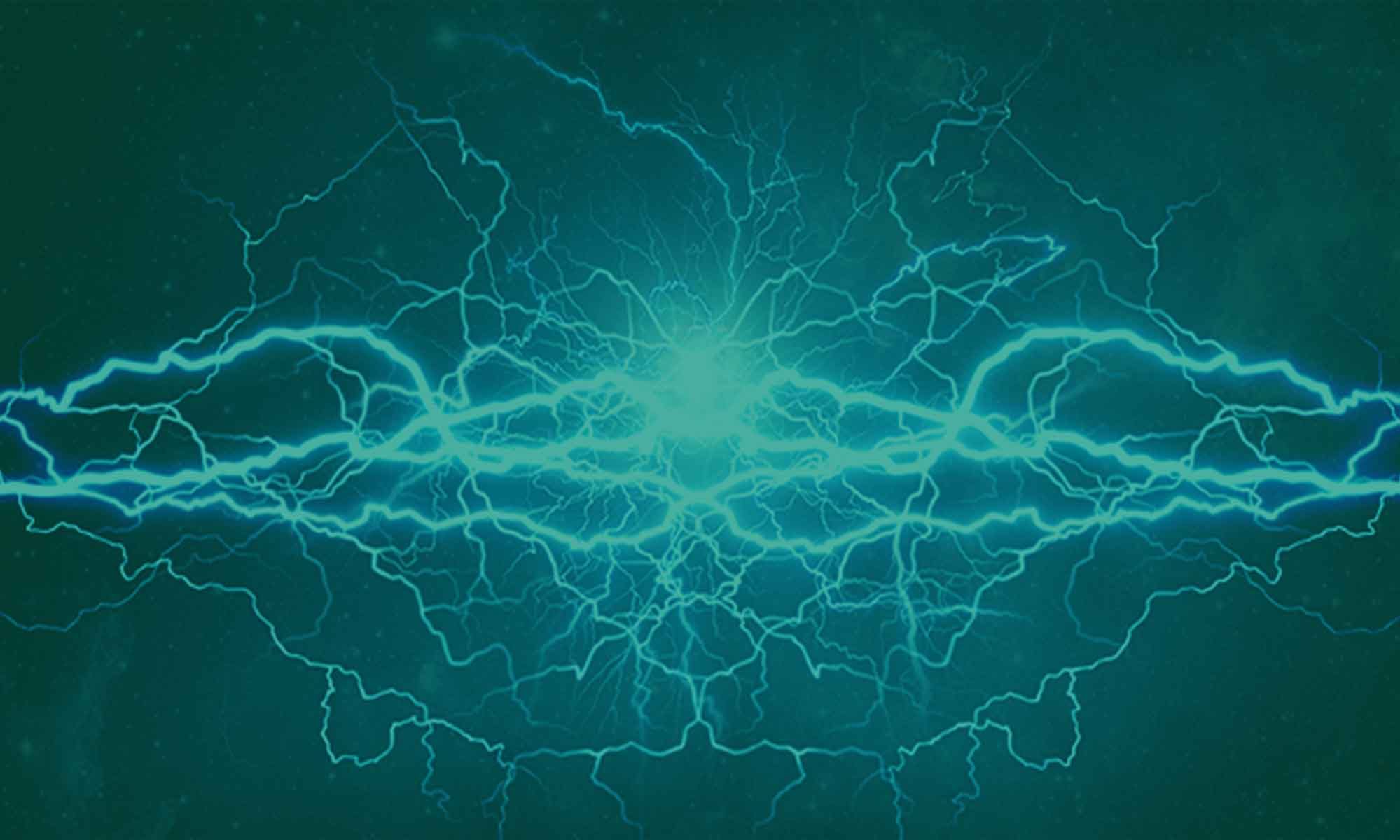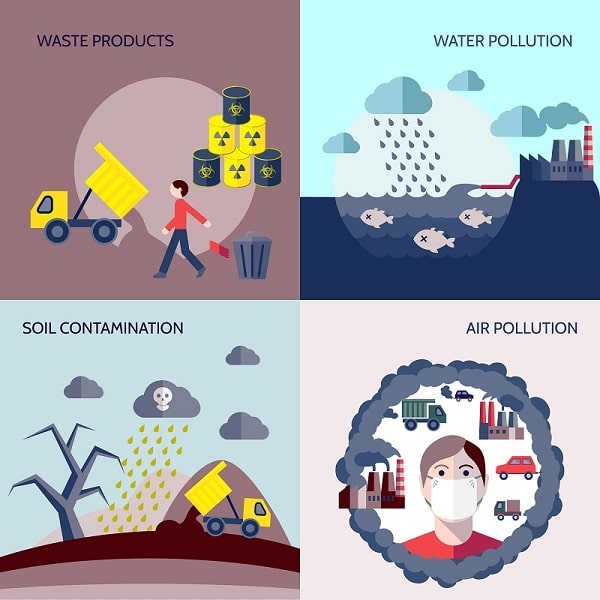
Most of us can claim to have read up on waste management processes. However, it should come as no surprise that despite our best efforts, the damage has continued, only at a different rate. We have come a long way in efficiently dealing with waste, yet several key problems continue to merge and injure the planet at large.
The negative effects of improper waste management not only ends in a disgusting view but also affects the overall economy of a country. The state has to spend a lot of money to counter the effects of improper waste management. Moreover, animals depended on the environment also face a great threat due to the oil spills and leaching of chemicals which directly cause soil and water contamination. Burning of any disposed waste and plastic materials results in air and environmental pollution.
Though we all are familiar with common methods of waste management like landfills, incineration, recycling, biological processing or energy conservation; we find ourselves living in a world filled with waste. Renewable energy and recycling took us to newer heights, but the adverse effects of improper waste management continue to plague us.
Some of the catastrophic effects of today’s poor waste management systems are listed below:
1. Soil Contamination
Ideally, we would like our plastic, glass, metal and paper waste to end up at a recycling facility. It then returns to us as a renewable product. But the reality is entirely different. Have a look at the informative image below.

by memuco.
From Visually.
Contamination occurs by spilling and burying hazardous components in soil. So, we need to be watchful of how we process petroleum hydrocarbons, solvents, pesticides, heavy metals and lead.
Read more: The usage of metal and how it is recycled
For example, here’s what happens when a plastic water bottle is incorrectly sent to a landfill, or left, at any other place, to be absorbed by the soil:
- Plastic water bottles eventually break down to release a harmful component called, DIETHYLHYDROXYLAMINE (DEHA). (A carcinogen which hurts our reproductive capabilities, causes liver dysfunction and weight loss issues.)
- DEHA seeps into the surrounding areas of the soil and water bodies to harm the animal and plant life depends on it.
You can see this nice, short, animated video explaining why plastic is so harmful. https://www.youtube.com/embed/n4SmwBFbhEM
2. Water Contamination
Water is an excellent solvent; it can contain numerous dissolved chemicals. As a result, while moving through, water picks up pollution along the way. It often has dissolved substances like various chemicals and gases.
Rainfall easily mixes to toxic liquid substances and seeps into the water streams to end up in nearby water bodies. Thus, the neighbourhood fountain, pond, lake or even drinking water taps are susceptible to the dangers of contamination.
The victims? All living organisms including us, humans.

3. Extreme Weather Caused By Climate Change
Firstly, harmful greenhouse gases are created from decomposing waste. These rise up to the atmosphere and trap heat. This adversely causes extreme weather reactions in the form of storms and typhoons.
How else are we impacted? Well, apart from temperature what is also drastically affected is the level of precipitation in the air. From acid rain to severe hail storms or global warming – everything is fair game at present. This also spreads out into other areas with regards to subdivisions such as thermal and radioactive pollution.
Check out the November 2017 Global Climate Report active pollution.
4. Air Contamination

Let’s talk about the ozone layer first. A lot of it leaves us feeling hopeless for we feel unable to make necessary changes. We think we cannot consume any less. Even so, we can, at least, follow strict protocol over how it’s recycled.
On the occasions paper and plastic are burned at the landfill, causing landfill gas, the chemicals released which accumulate and contribute to the ozone layer and also hurt the surrounding human population. Methane gas adds to it as well. Besides, with chemicals such as dioxin out there, the air has been proven to have harmful effects on us.
All of it, and especially when improper waste management is concerned, play a significant role in causing global warming.
5. Harm Towards Animal and Marine Life

Despite strict measures to stop it, we keep seeing the continual dumping of garbage, raw or untreated sewage. Any animal or marine life coming in contact gets impacted in the worst of ways. The inevitable formation of algal bloom and clusters contaminates and eventually suffocates marine life such as coral and fish.
As discussed comprehensively by Conservation International, we have seen how consumption of fishing lines, cigarette butts, plastic bottles and Styrofoam can kill millions of marine lives each year.
Furthermore, it is a vicious cycle which feeds itself:
- Waste is dumped into the ground
- Absorbed by the soil and groundwater
- Waste contaminates the land on which we grow food and provides water for us and animals
- Waste in the marine life kills fish
- Carcasses float on the surface, and we see mosquitoes feed on it
- The diseases carrying mosquitoes now spread sickness and death among the living population
6. Human Damage
Consider the majority of the human population where we do not see any scientific waste management system. Such places may possess a system, but there is no disposal area to be found.
Those who are at significant risk are:
- Children and those who live near such facilities
- Waste disposal workers
- Employees whose workplaces manufacture or come into contact with waste materials
Think about the fires at landfills and its effects on us. Whether coming from the air or its accumulation in our cellars, those landfill gases have been exposed for causing cancer, create respiratory and visibility problems, and the explosion of cans put people nearby at constant risk.

Additionally, when we come in contact with waste, it causes skin irritation and blood infections. We also contract diseases from flies which are carriers of illnesses after breeding on solid waste. With regards to mosquitoes, we know, besides feeding on dead fish, they find sewage, rainwater, tires, cans and other objects to be ideal breeding grounds. They carry and spread diseases such as malaria and dengue.
With an abundance of disease-carrying pests, it becomes difficult to be vigilant about waste management facilities. Despite all efforts, for example, rats continue their massive infestation on such facilities and sewage systems. They harm crops, spread diseases such as Hantavirus Pulmonary Syndrome, Leptospirosis, Rat-bite Fever and Salmonellosis.
Waste management is our responsibility for we benefit and suffer from it in radical ways. Education and awareness across all communities, irrespective of their social, economic condition, must be ever-present for as long as life inhabits this planet. A butterfly fluttering its wings 900 miles away from you can cause a hurricane right where you live.
Therefore, significant mismanagement of waste by Turkey and Chile, where only 1% of waste was reported to be recycled, can contribute to global warming. Even if you live far away in Greenland, there is no escape. We must all play a role.
For more information about waste disposal and waste management, speak to the team at Metropolitan Transfer Station, a waste transfer station near you in Melbourne today.
Original link is below:
https://www.metropolitantransferstation.com.au/blog/negative-effects-of-improper-waste-management/
Sun, 8 Oct 2017



